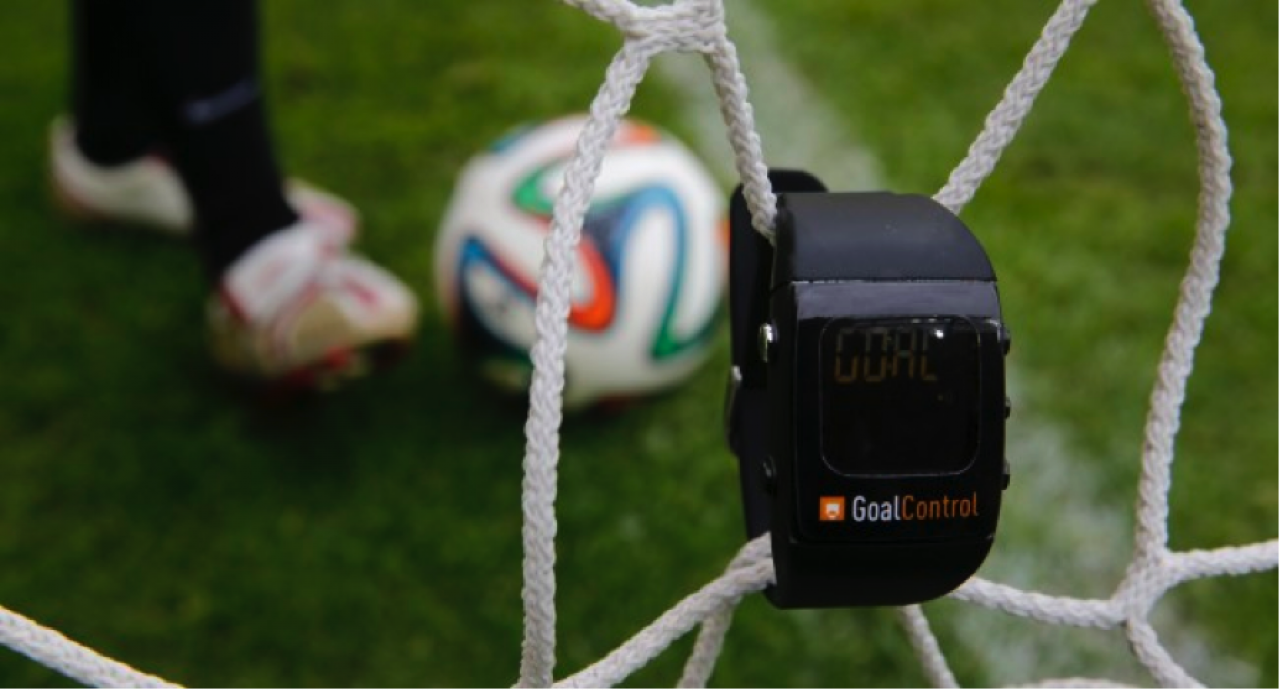Technology Curbs Controversy at the World Cup
On a basic level, goal line technology detects the ball passing through the goal, then sends an encrypted message to the referee’s watch.
It’s here: the 20th FIFA World Cup. Football fans from all over the world are coming together to watch their teams and players on the world stage, playing for the most coveted trophy in football. If you’re a football—soccer to Americans—fan, you know that the World Cup, like the Olympics, only comes around every four years, and the excitement surrounding it is palpable.
For years most other sports have benefited from the use of technology to improve the game and take away some controversy. American football, baseball, tennis, hockey, basketball, etc. all use technology to ensure the most accurate calls are made. The FIFA World Cup has been slow to adopt these technologies in fear of it slowing or interrupting the game. Just in time for the current competition, FIFA finally added automated goal line technology, which will help resolve scoring controversies. As a fan I say, it’s about time. So how does this technology work?
Goal line technology is several technologies combined into one automated system. On a basic level, the system detects the ball passing through the goal, then sends an encrypted message to the referee’s watch. The referee uses this information to make the call. The system does not make the call—that is still left to the discretion of the referee.
Goal line technology includes 5 systems that are based on camera tracking and magnetic field sensors.
1) Cairos GLT system is a system produced by Cairos technology and Adidas that uses a magnetic field to track the ball. There is a sensor in the ball itself that detects a magnetic field produced by wires under the goal. The ball is tracked via the sensor and determines if the ball has crossed the goal line.
2) GoalRef is another magnetic technology that uses the goal frame to determine if/when the ball passes though.
3) Goalminder is a camera-based system that uses high speed cameras built into the crossbar and goal posts. It then sends that information to the referee and referee only so that they can make their decision.
4) Hawk-Eye is another camera-based system that has been used previously in tennis and the Premier Football League. This system uses seven high speed cameras positioned around the goal to triangulate and track the flight and position of the ball. The reason for so many cameras in this system is it allows for accurate data in the case of one—or more— blocked cameras.
5) GoalControl has 14 high speed cameras, 7 per goal to track the ball. This camera system is set up around the stadium versus around the goal.
Goal line technology first saw action in the 2014 World Cup when France played Honduras. A goal was awarded to France after the technology proved a goal was made. There was still confusion from the fans and announcers both when an image along with the message “No Goal” was shown to the crowd, only to be changed a few seconds later with an image of the ball crossing the line.
It will take a little while for the fans to understand the new technology, and some practice for it to become the norm. Even with this new technology, many people still feel more needs to be done. There’s always been flopping, diving, acting, and various other trickeries players use to fool referees. A flop that draws a penalty kick or a flop that draws a card can dramatically affect the game. Blown calls happen in every sport, but have been reduced through adopting technology like instant replay. I’m not saying everything should be available for review or instant replay, but it could help a lot just to allow it on penalty kicks called and when cards are awarded. I think this goal line technology is definitely a step in the right direction.

 Member Connect
Member Connect